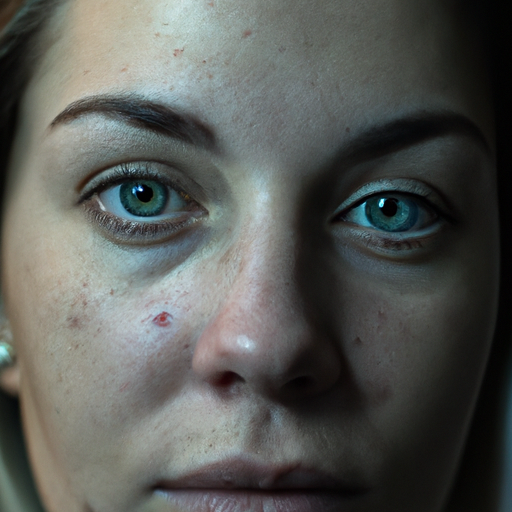Unmasking Radiance: The Essential Guide to Face Exfoliation
Exfoliation is a crucial step in any skincare routine, often hailed as the secret to achieving a radiant, youthful complexion. It involves the removal of dead skin cells from the surface of the skin, paving the way for new, healthier cells to surface. This process not only brightens the skin but also improves its texture and tone, reduces breakouts, and enhances the absorption of skincare products.
The human skin naturally sheds dead cells every 30 days or so. However, this process can slow down due to factors such as aging and environmental stressors, leading to a buildup of dead skin cells. This accumulation can cause dullness, dryness, and clogged pores. Regular exfoliation helps to speed up the cell turnover process, revealing fresher, smoother skin underneath.
There are two main types of exfoliation: physical and chemical. Physical exfoliation involves using a scrub, brush, or other abrasive tools to manually remove dead skin cells. This method is generally suitable for those with normal to oily skin. However, it can be too harsh for sensitive or acne-prone skin types.
On the other hand, chemical exfoliation uses acids or enzymes to dissolve dead skin cells. Alpha hydroxy acids (AHAs), beta hydroxy acids (BHAs), and polyhydroxy acids (PHAs) are common ingredients found in chemical exfoliants. AHAs like glycolic and lactic acid are water-soluble and work on the surface of the skin to brighten and even out skin tone. BHAs such as salicylic acid are oil-soluble, penetrating deeper into the pores to unclog them and reduce breakouts. PHAs like gluconolactone are gentler, making them suitable for sensitive skin.
The frequency of exfoliation depends on your skin type and the method of exfoliation. Generally, it’s recommended to exfoliate one to three times a week. Over-exfoliation can strip the skin of its natural oils, leading to dryness, irritation, and increased sensitivity. It’s crucial to listen to your skin and adjust your exfoliation routine accordingly.
Post-exfoliation care is just as important. After exfoliating, the skin can be more sensitive to the sun, so it’s essential to apply sunscreen during the day. Additionally, using a hydrating moisturizer can help to replenish any moisture lost during the exfoliation process.
It’s also worth noting that exfoliation isn’t for everyone. Those with skin conditions like rosacea or eczema may find exfoliation too irritating. If you’re new to exfoliation or have sensitive skin, it’s best to start with a gentle product and gradually increase its intensity.
In conclusion, exfoliation is a powerful tool in unveiling a brighter, smoother complexion. However, it’s not a one-size-fits-all solution. Understanding your skin type and needs is key to finding the right exfoliation method and frequency. Always remember to be gentle with your skin and give it the care it deserves. With patience and consistency, you’ll be well on your way to unmasking your skin’s natural radiance.




